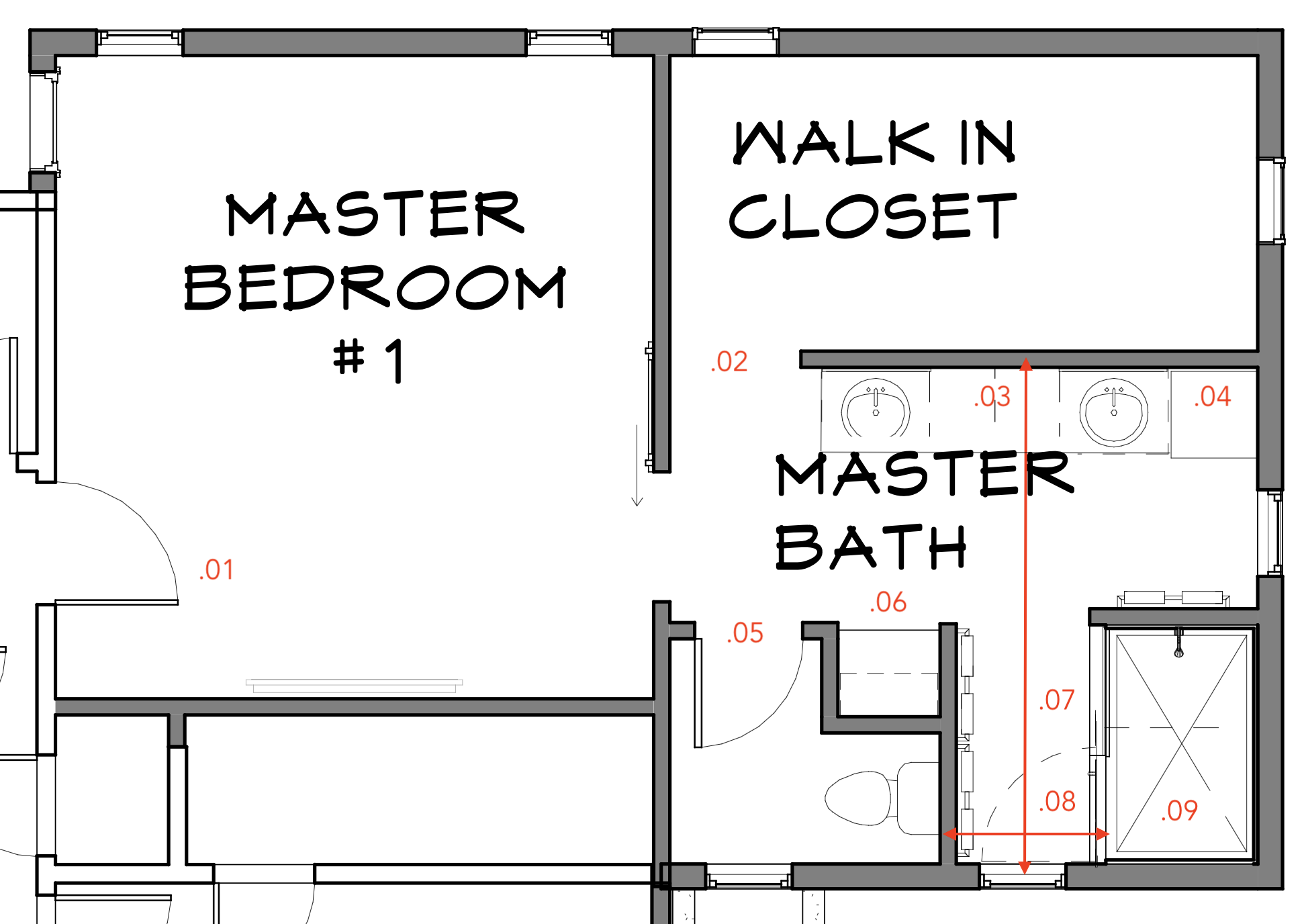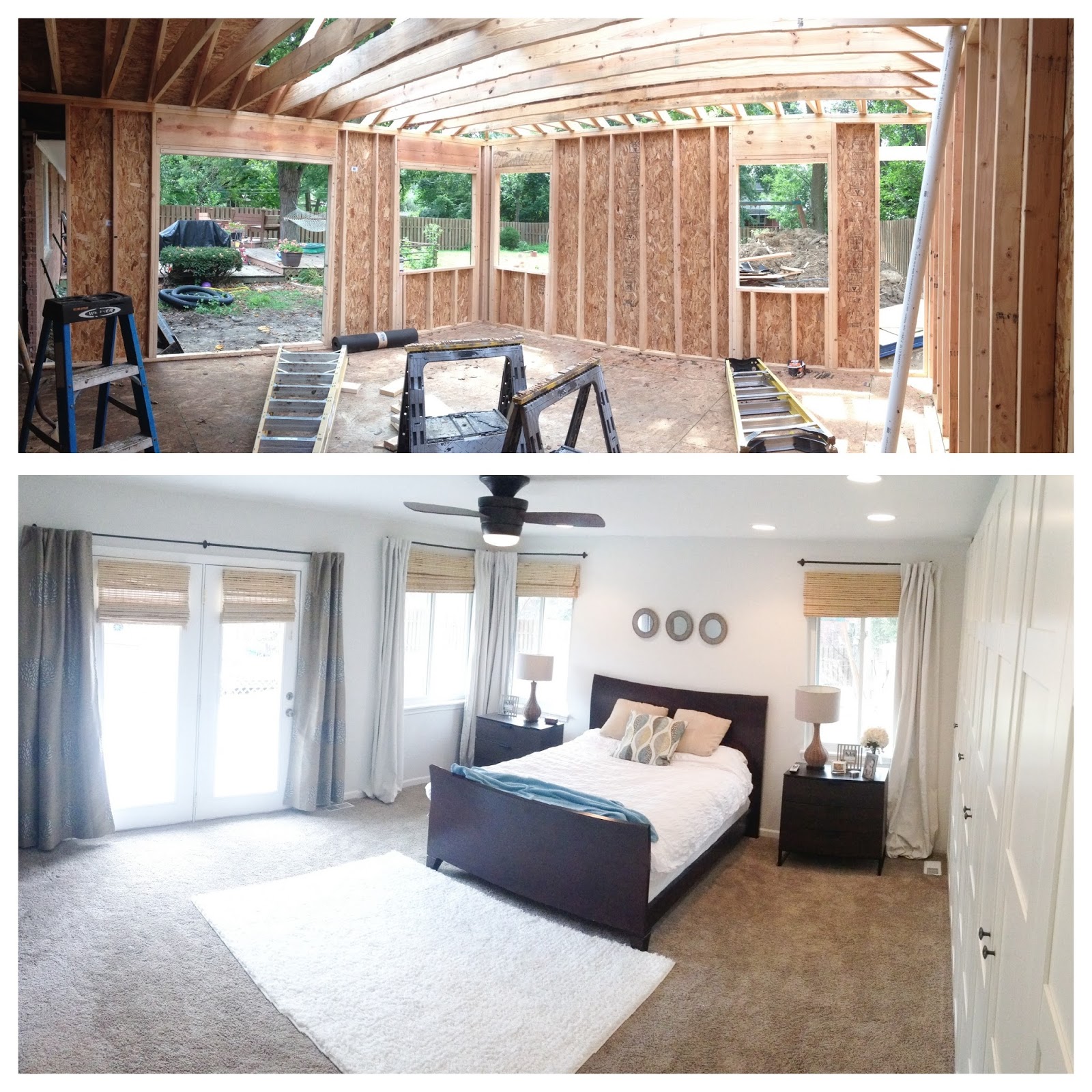Planning Your Master Bedroom Addition: Master Bedroom Addition Plans

Adding a master bedroom to your home is a great way to increase living space, enhance privacy, and potentially boost your home’s resale value. It can be a significant investment, but with careful planning and execution, it can be a rewarding project that transforms your living experience.
Understanding Existing Structures, Master bedroom addition plans
Before diving into the design and construction of your master bedroom addition, it’s crucial to understand the existing structural elements of your home. This includes the foundation, roof, and walls. A thorough assessment by a qualified professional can help determine the feasibility of the addition and identify any potential challenges. For example, if your foundation is not strong enough to support the added weight, you might need to reinforce it before proceeding with construction.
Obtaining Permits and Approvals
Obtaining the necessary permits and approvals is a vital step in ensuring your master bedroom addition project complies with local building codes and regulations. The process typically involves the following steps:
- Contacting the Local Building Department: Start by contacting your local building department to inquire about the specific requirements for master bedroom additions in your area. They will provide you with the necessary application forms, fees, and guidelines.
- Submitting Plans and Specifications: Prepare detailed plans and specifications for your addition, including architectural drawings, electrical and plumbing layouts, and structural calculations. These documents will be reviewed by the building department to ensure compliance with codes.
- Obtaining a Building Permit: Once your plans are approved, you will receive a building permit that authorizes you to begin construction. This permit usually comes with specific conditions that must be met throughout the project.
- Inspections During Construction: The building department will conduct inspections at various stages of construction to verify that the work is being done according to approved plans and codes. These inspections may include foundation, framing, plumbing, electrical, and final inspections.
Design Considerations for Your Master Bedroom Addition

Creating a master bedroom addition is an exciting opportunity to design a space that reflects your personal style and meets your specific needs. From maximizing space and functionality to incorporating energy-efficient features, there are many design considerations to keep in mind.
Maximizing Space and Functionality
A well-designed master bedroom addition should maximize space and functionality, creating a comfortable and efficient retreat.
- Layout Ideas: Consider an open floor plan that seamlessly connects the bedroom, bathroom, and closet. This can create a spacious and airy feel, especially if natural light is incorporated. A well-planned layout can also enhance the flow of traffic, making the space feel larger and more inviting.
- Storage Solutions: Built-in cabinetry, walk-in closets, and under-bed storage are excellent ways to maximize storage space and minimize clutter. Consider adding a dedicated area for dressing or a vanity to create a functional and organized space.
- Natural Light Considerations: Large windows can flood the room with natural light, creating a brighter and more inviting atmosphere. Strategically placed windows can also offer beautiful views and enhance the overall aesthetic of the space.
Architectural Styles and Design Elements
Incorporating architectural styles and design elements that complement the existing home’s aesthetic is essential for a cohesive and visually appealing addition.
- Traditional: Traditional styles often feature ornate details, such as crown molding, wainscoting, and decorative fireplaces. These elements can add a touch of elegance and sophistication to the master bedroom addition.
- Modern: Modern design emphasizes clean lines, minimalist details, and a focus on functionality. Sleek cabinetry, geometric shapes, and neutral color palettes are common features in modern master bedroom additions.
- Contemporary: Contemporary style blends modern and traditional elements, creating a unique and eclectic aesthetic. This style can incorporate bold colors, interesting textures, and unexpected details.
Incorporating Energy-Efficient Features
Energy-efficient features can reduce your energy consumption and save you money in the long run.
- Insulation: Proper insulation can help regulate temperature and reduce energy loss, making the room more comfortable and energy-efficient. Consider adding insulation to the walls, ceiling, and floors of the addition.
- Windows: Energy-efficient windows can significantly reduce heat loss and gain, resulting in lower heating and cooling costs. Look for windows with high-performance glazing and low-E coatings.
- HVAC Systems: Choosing an energy-efficient HVAC system for the addition can help regulate temperature and improve air quality. Consider a system with a high SEER rating and programmable thermostat.
